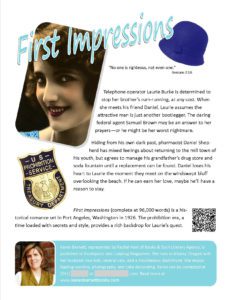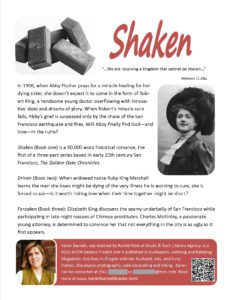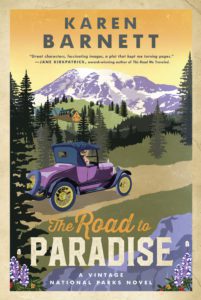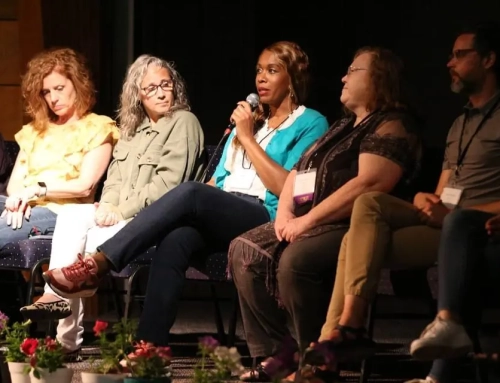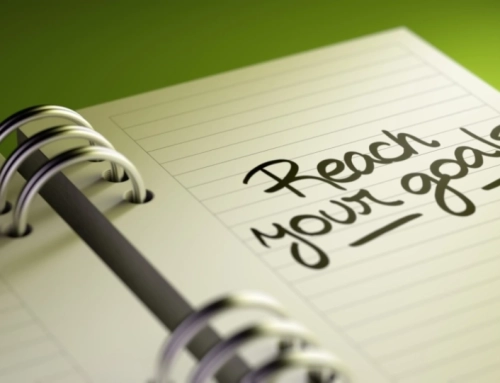By Karen Barnett
Many of us are busily preparing for conferences like the upcoming Oregon Christian Writers Conference in August. We’re brushing up manuscripts and proposals, practicing our pitches, and deciding which professionals we’d like to meet.
A valuable tool to carry into an editor or agent appointment is a well-designed one-sheet. If you’re anything like me, no matter how carefully you plan your pitch, nerves can cause those well-rehearsed words to evaporate. Having a printed reference is a quick reminder of what I wish to express to the editor, plus it demonstrates that I’m prepared and professional.
What exactly is a one-sheet? It’s a concise account of everything an editor needs to know about your proposed project, neatly displayed on a single piece of paper.
Here are some items every author should include on a one-sheet:
- The book’s working title, genre, and word count
- A short hook or pitch line. This should be a grabbing statement that will catch the reader’s attention.
- A brief description of your book, written like back-cover copy.
- Your name and contact information, including your website or blog. If you’re agented, include your agent’s name and contact information.
- A professional headshot, so they can connect your face with your name.
- An image or two that might help someone visualize the story or the subject matter. Don’t go overboard, but do set the tone.
If you are writing nonfiction, consider including these three additional items: audience, take-away, and platform.
- Who will want to read this? What is the market for this book?
- What “felt need” are you addressing? What will readers learn? How will your book change them?
- Why are you the person to write this? Do you have professional expertise or personal experience with the subject matter? Also, if you have a host of contacts that will help the book sell (such as a professional speaker, radio host, blogger, etc.) include that information. Be sure to mention any prominent individuals who have agreed to endorse your project.
Some writing professionals appreciate the opportunity to look over a one-sheet while others prefer the verbal pitch, so remember to be flexible. Offer them the page, but don’t expect it to do the work for you. Think of it as a tool to help organize your thoughts, especially when you’re nervous. Some agents and editors will ask to take the sheet with them, so be sure to have extra copies. A well-designed one-sheet will help an editor remember your project after a conference.
Keep your design simple with plenty of white space and not too many words. You want it to be easy to read at a quick glance. Create a separate sheet for each book or series rather than listing all of your potential projects on a single page.
One-sheets can be designed in Microsoft Word, but it’s often easier to use a publishing program like Microsoft Publisher or an online site such as Canva.com. If you struggle with technology, ask around and see if someone can help you with it. Some people will do this type of design for a fee, or you may have friends who would be willing to walk you through the process for free.
To help give you ideas, I’m including two examples of one-sheets I used in the past for my novels. Ignore the QR codes on my samples. A couple of years ago we thought they’d be the next “big thing.” It didn’t turn out that way. I used these one-sheets in appointments at Oregon Christian Writers and eventually contracted both novels with Abingdon Press. They were published in 2013 and 2014 as Mistaken and Out of the Ruins.
 Karen Barnett is the award-winning author of five published novels. Her newest book, The Road to Paradise: A Vintage National Parks Novel, released in June. Oregon Christian Writers honored her with the Writer of Promise award in 2013 and a Cascade Award in 2014. In 2016, she received the Mount Hermon Christian Writers Conference Writer of the Year award. Karen will be a mentor at the 2017 Summer Conference. Find out more about Karen at www.karenbarnettbooks.com
Karen Barnett is the award-winning author of five published novels. Her newest book, The Road to Paradise: A Vintage National Parks Novel, released in June. Oregon Christian Writers honored her with the Writer of Promise award in 2013 and a Cascade Award in 2014. In 2016, she received the Mount Hermon Christian Writers Conference Writer of the Year award. Karen will be a mentor at the 2017 Summer Conference. Find out more about Karen at www.karenbarnettbooks.com



